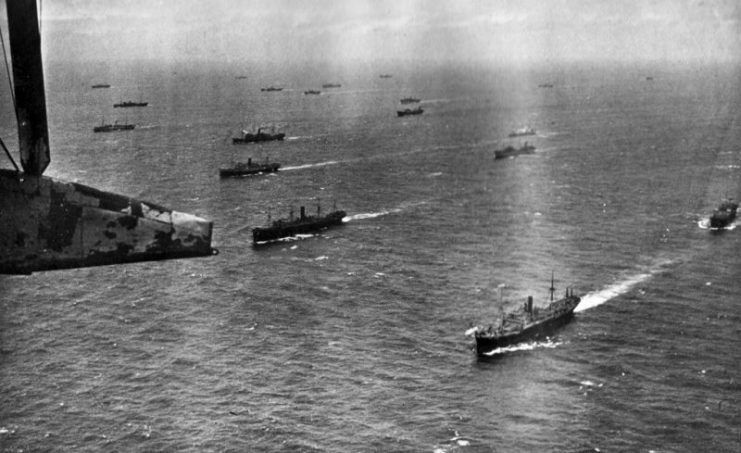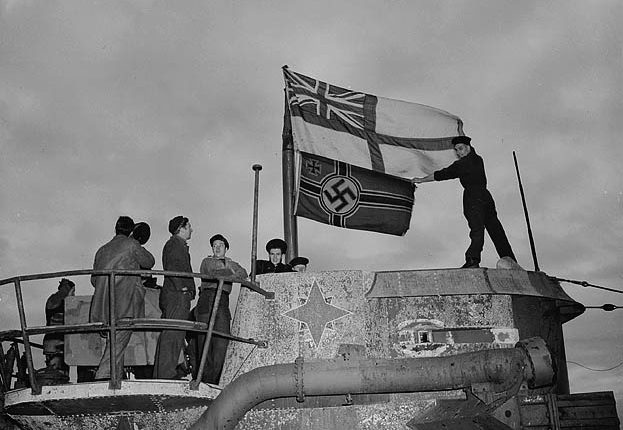During the Second World War, the Germans attempted to put pressure on the Allies by targeting commercial vessels which were needed to supply Britain’s war effort and population with food.
This ongoing battle had both strategic and personal consequences if the Allies failed since Britain required almost a million tons of goods per week to build up equipment and start a second front against Germany.
A real-life account from World War II about Arthur Siplon’s experience is indicative of the struggles faced by military and civilian personnel.
Siplon’s ship was struck in the middle of what was an ordinary day. He fought his way through three decks of people in the dark to find his life jacket.
When he got to the lifeboats, the scene was one of utter confusion as thousands tried to board the boats in choppy water without capsizing them, all the while being rocked by explosions from the ship.
Once in the water, their trials got worse as they had to escape the suction from the drowning ship and further attacks by U-boats. Surviving that, they fought storms, hunger, thirst and to stay alive.
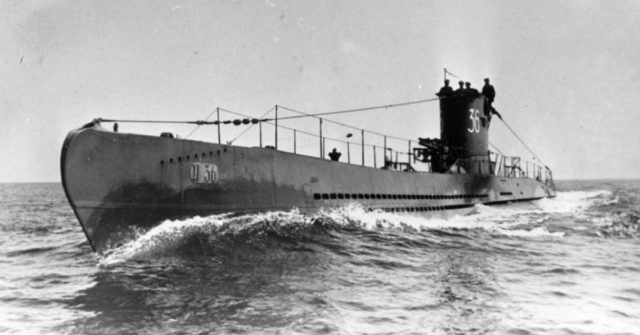
During the voyage, they often had to witness their shipmates die. Even when they reached the shores of a distant island, they had to dodge the jagged rocks.
The Germans sunk thousands of ships and millions of tons of goods, forcing the Allied strategy to adapt and lessen the threat.
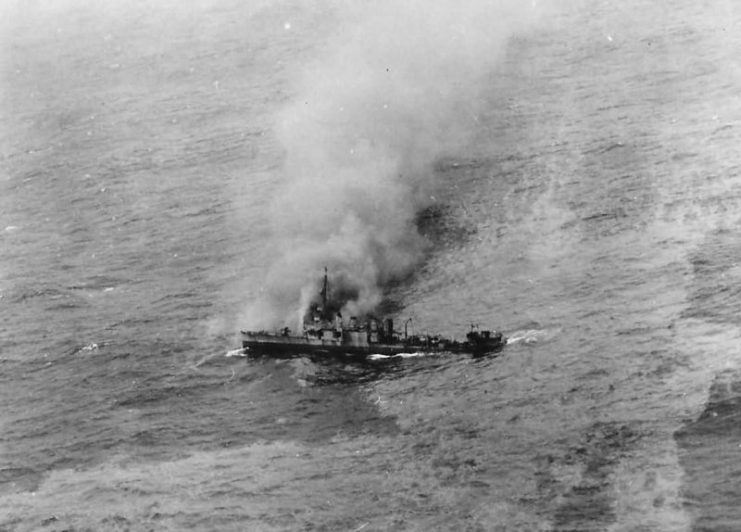
Britain had to ration its wartime goods, defend against constant German air attacks, equip its army, and stockpile goods for an eventual invasion of Europe. To do all this, they needed the goods to be brought in by ships.
The Allied’s anti-submarine strategy started by using escort destroyers and conveys of merchant ships. But this was based on best practices in World War I and the U-boats often proved elusive.
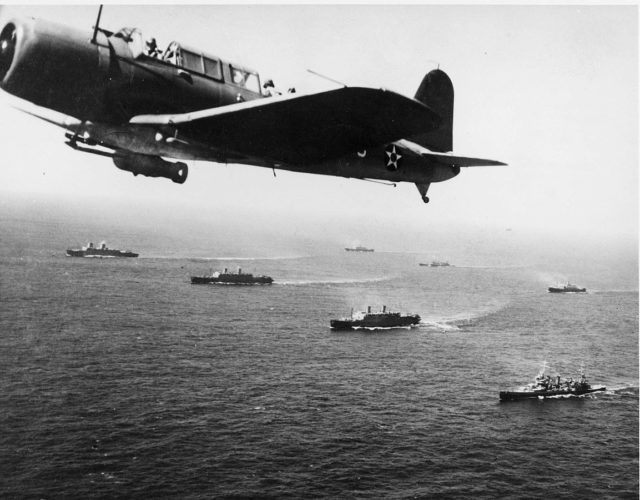
The escort destroyers were often in a poor position to protect the merchant ships, whose sailors frequently faced the same horrors as Shipton, described above.
Moreover, the fall of France, the Low Countries, and Norway not only deprived the British of the French fleet, but also gave the U-boats a multitude of friendly ports close to Allied shipping and stretched the already overtaxed Royal Navy.
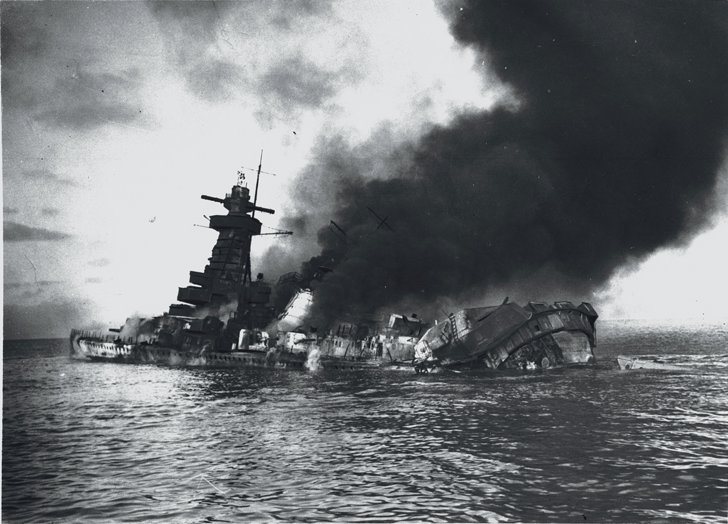
The United States was hamstrung by isolationist tendencies, but through Lend-Lease and Destroyers for Bases, President Roosevelt managed to bolster the order for the Royal Navy and relieved them of protecting bases in North America.
The U-boats eventually adopted Wolf Pack tactics. The subs would converge on a convoy, and after the escorts chased off individual subs, the rest of the pack would attack the now unguarded vessels.
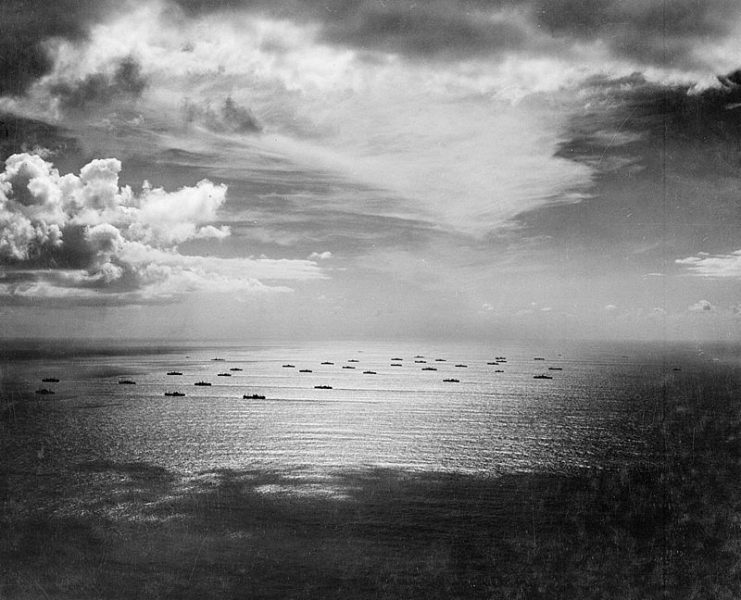
After the attack, the U-boats could move to safe ports, often in France and the Bay of Biscay, where they could use the night and frequent foggy weather to rise to the surface and complete necessary recharging.
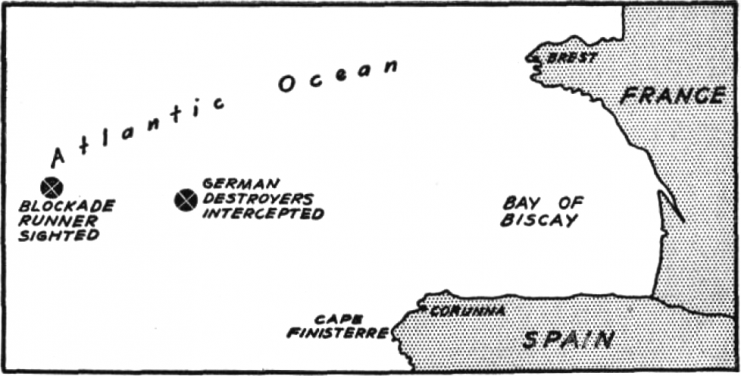
The Battle of the Atlantic climaxed in March through May of 1943. Allied shipping losses reached their peak, and British leaders worried about critical shortages.
But U-boat losses were also getting high as Allied technologies converged to decimate the attacking U-boats and shrink the losses.
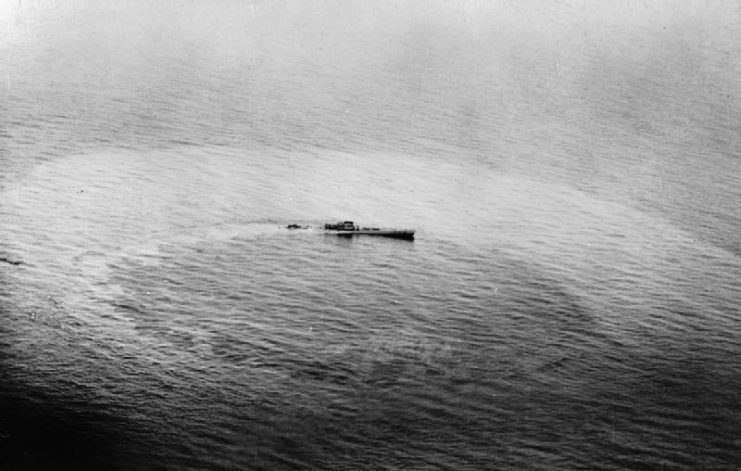
American long-range bombers closed the “mid-Atlantic gap” where shore-based planes had been unable to locate submarines. They now used Leigh lights to spot submarines on the surface. These planes were assisted in their attempts by the aircraft on smaller escort carriers.
The Americans provided additional escort destroyers and the British enhanced their radar which was used by both the ships and the airplanes they launched to hunt submarines. As a result, the German subs could no longer hide at night or in fog, so they had fewer safe harbors where they could rise to the surface.
The Germans tried to respond with a series of innovations and new submarines. But the new technologies were often expensive and difficult to maintain. They required time for refitting and friendly ports in which to do so, both of which were lacking late in the war.
Most importantly, the production of submarines couldn’t keep up with the losses in battle.
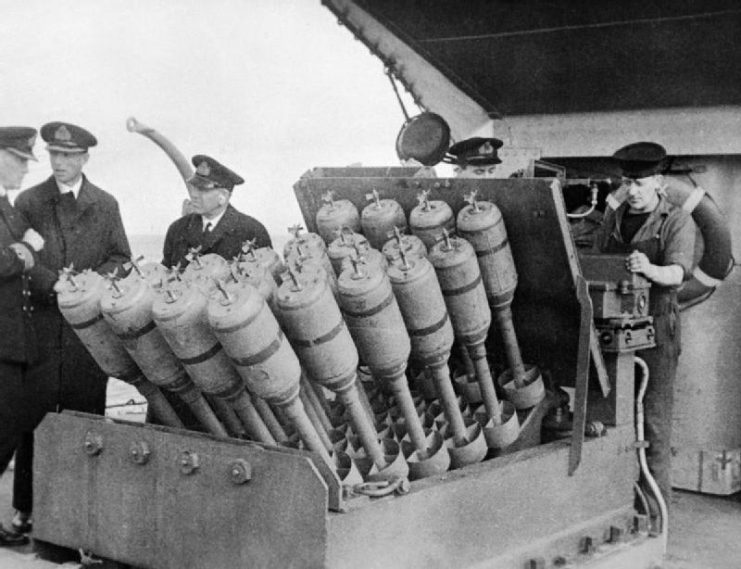
On a more general level, this failure recalls the debate among historians between those that focus on battleships, those that focus on light and maneuverable ships capable of hit-and-run attacks, and those who choose commerce-raiding vessels like submarines.
This is a case where the submarines lost.
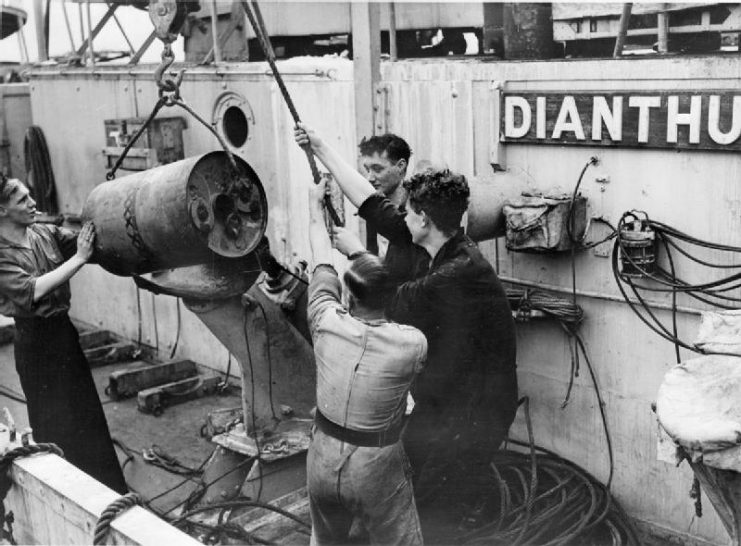
The life or death struggle in World War II was fought on the land, seas, and in the skies. When the solution of the escort carriers combined with better tactics and new technology managed to stop the U-boat menace in the Atlantic, countless lives were saved and this strategy helped the Allies win the war.
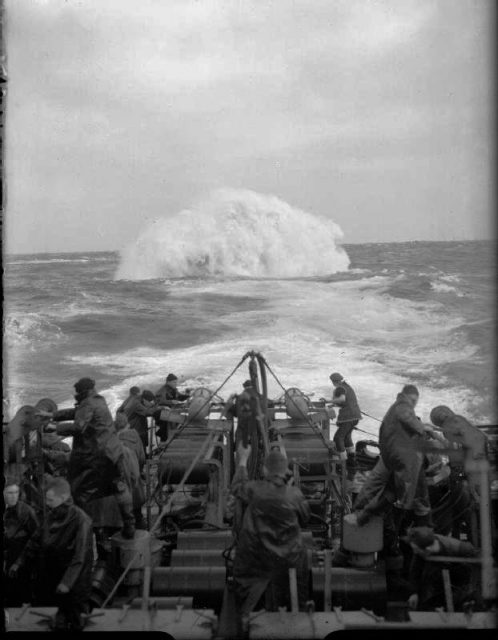
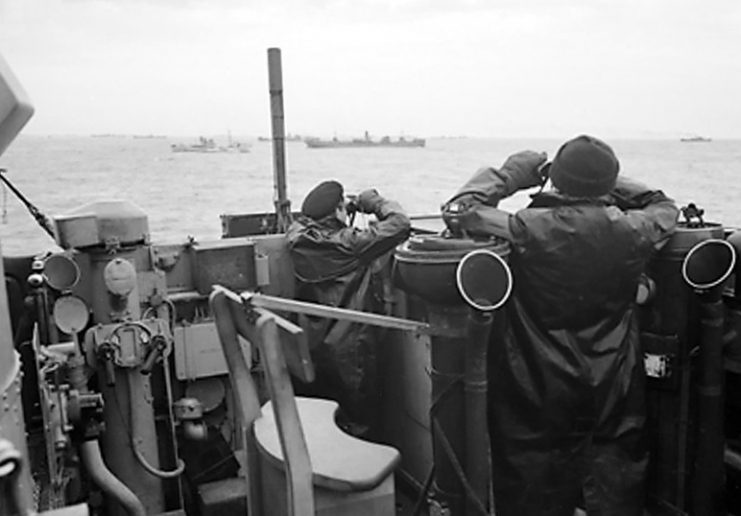
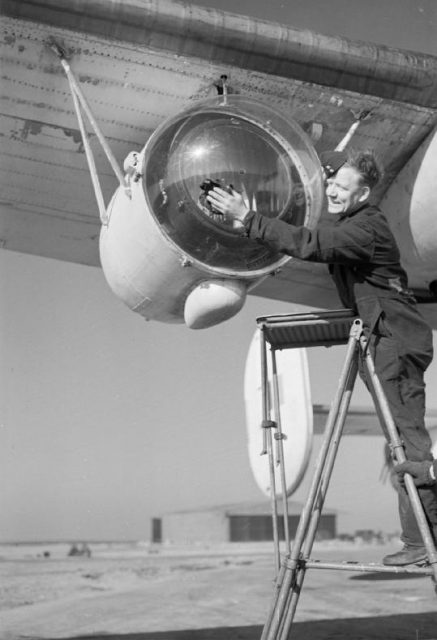


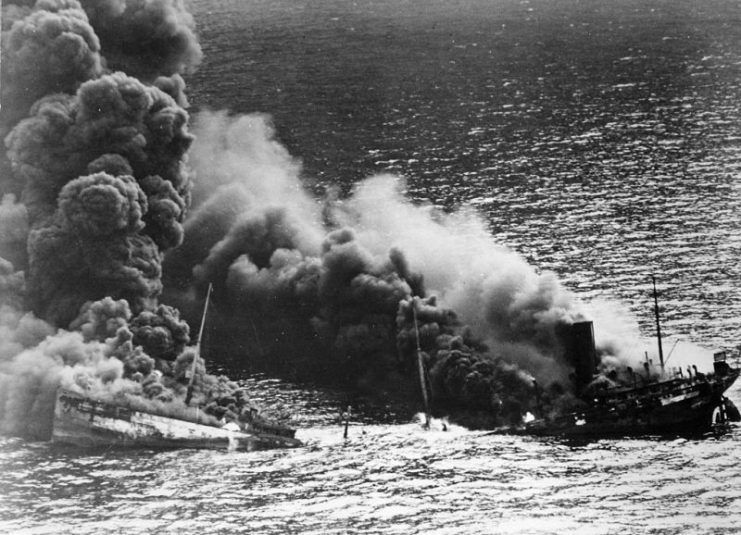
Read another story from us: Could German Aircraft Carriers Won the Battle of the Atlantic?
